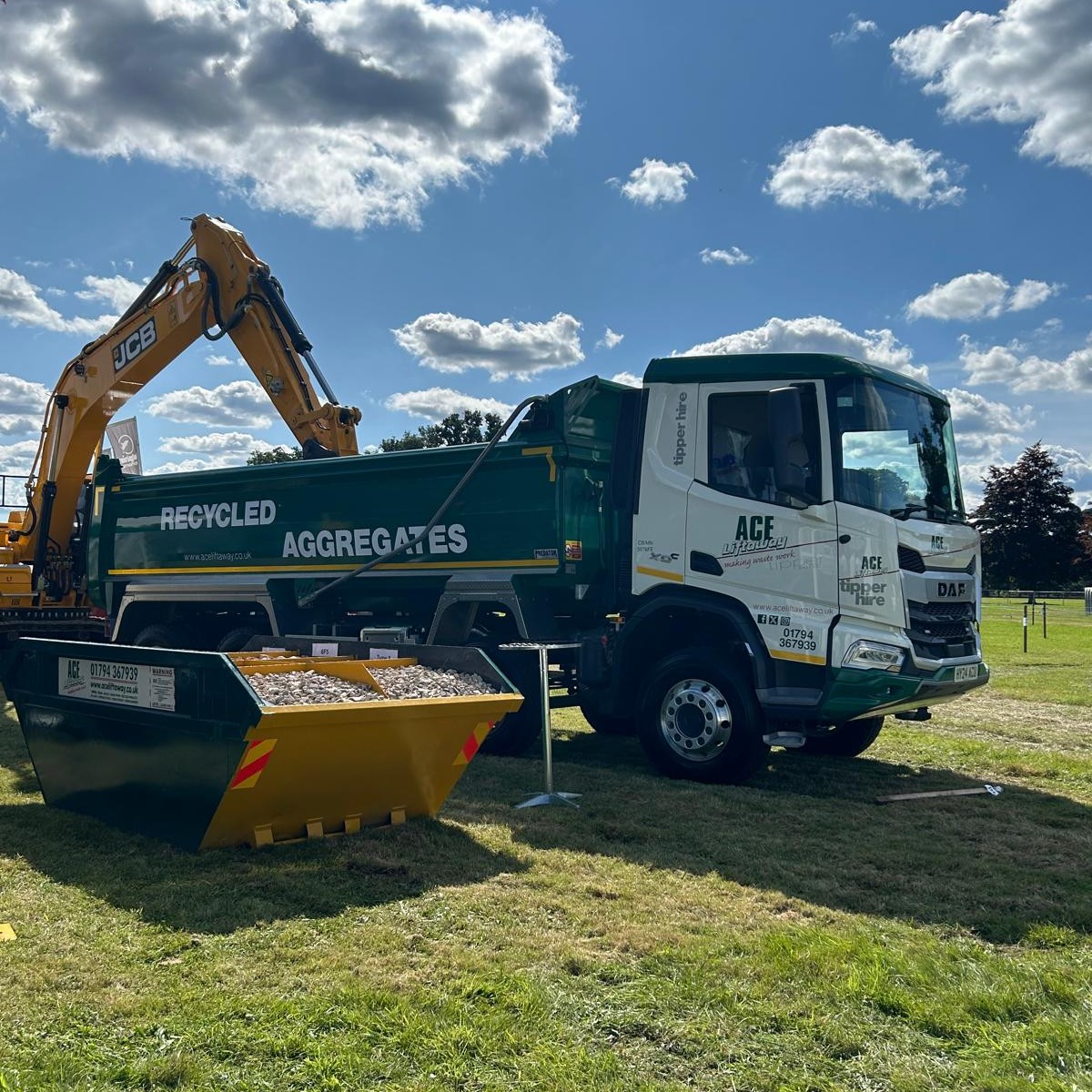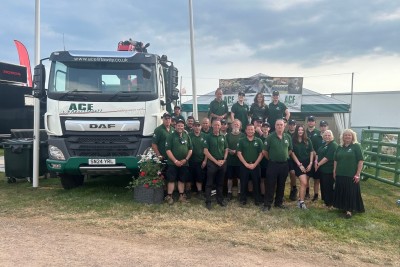Search
Road Permits Service
When hiring a skip from Ace Liftaway and placing it on a public highway or council land (pavement, road shoulder, etc.), you must obtain a road permit. Ace Liftaway can handle the entire process for you, saving you time, ensuring compliance and avoiding fines.

Chat with Us About Road Permits
Let Ace Liftaway take care of the paperwork, council applications and safety requirements so you don’t have to.
Get In Contact
What is a road permit and why is it needed?
A road permit (sometimes called a skip permit) is a licence issued by your local council that gives you legal permission to place a skip or container on a public highway. It ensures public safety, helps manage traffic flow, protects pedestrians and ensures clear access for emergency services.
Without the correct permit you may face:
- Penalties or fines from the council
- Requirement to remove the skip
- Liability issues if someone is injured due to improper placement
How can Ace Liftaway help with road permits?
- Application: We submit the application to your local council on your behalf, including all forms and fees.
- Approval: We liaise with the council to confirm approval and permit conditions.
- Validity: Most permits are valid for up to one week (7 days), though this can vary by council.
- Safety Equipment: We can provide traffic cones, reflective lights and signage where required (additional costs may apply).
- Timing: We recommend at least 4 working days’ notice so your permit is processed in time.
- Delivery: Once the permit is approved, we deliver your skip safely to the permitted location.

Local Authority Rules
- Minimum 4 working days’ notice is often required. Confirm with us so we can apply in adequate time.
- Some councils may require insurance or liability cover before they issue permits.
- If placing a skip near streetlights, traffic signals, trees, parking bays or restricted zones, additional permissions may be needed.
- Skip must be placed such that it does not obstruct pedestrian movement, driveways or create hazards.
- You may need to ensure that lighting and cones are visible 24 hours (especially in low-light settings).

